Kareem Nassar
Effects of Plasticity Functions on Neural Assemblies
Dec 29, 2021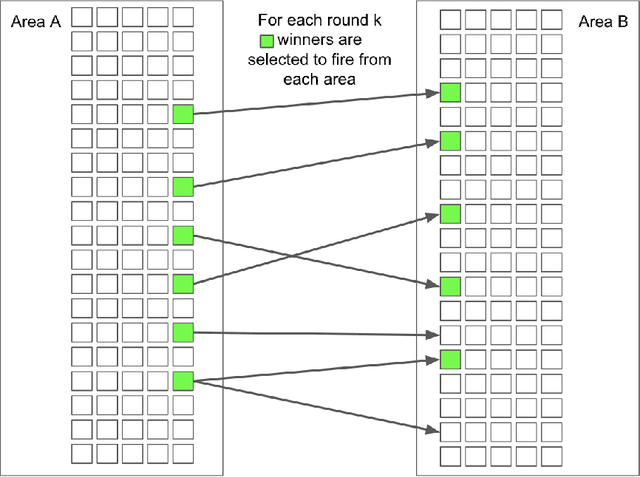
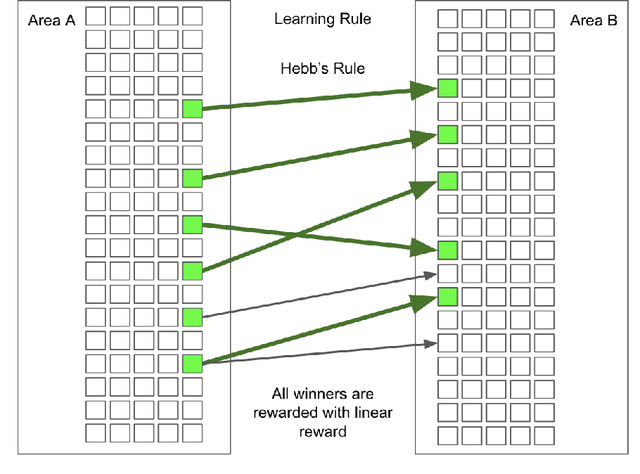
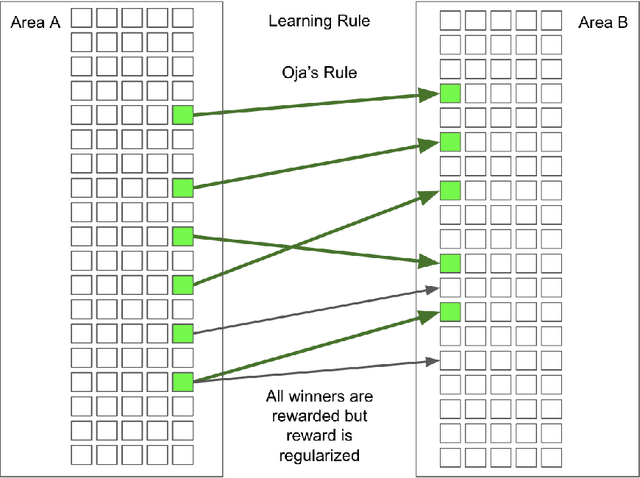
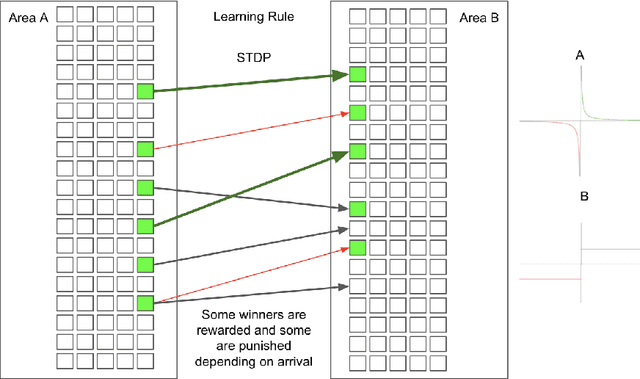
Abstract:We explore the effects of various plasticity functions on assemblies of neurons. To bridge the gap between experimental and computational theories we make use of a conceptual framework, the Assembly Calculus, which is a formal system for the description of brain function based on assemblies of neurons. The Assembly Calculus includes operations for projecting, associating, and merging assemblies of neurons. Our research is focused on simulating different plasticity functions with Assembly Calculus. Our main contribution is the modification and evaluation of the projection operation. We experiment with Oja's and Spike Time-Dependent Plasticity (STDP) rules and test the effect of various hyper-parameters.
Transformer-based language modeling and decoding for conversational speech recognition
Jan 04, 2020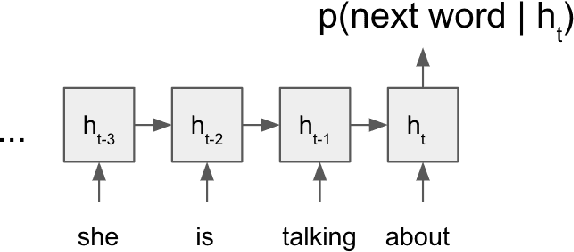
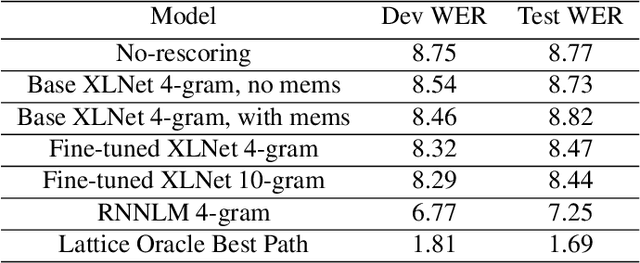
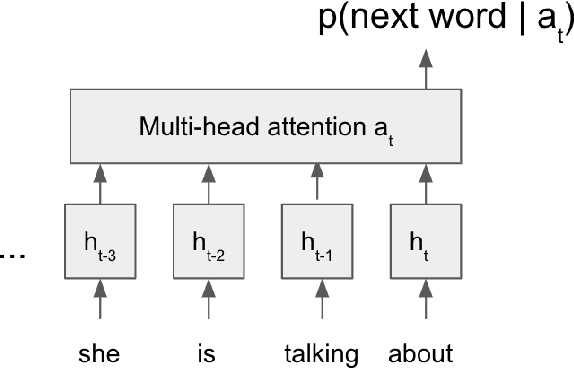
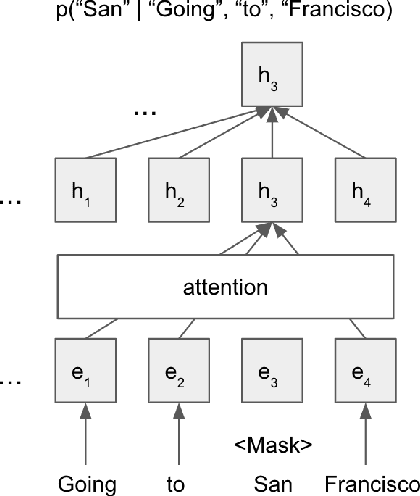
Abstract:We propose a way to use a transformer-based language model in conversational speech recognition. Specifically, we focus on decoding efficiently in a weighted finite-state transducer framework. We showcase an approach to lattice re-scoring that allows for longer range history captured by a transfomer-based language model and takes advantage of a transformer's ability to avoid computing sequentially.
Multiple-Instance, Cascaded Classification for Keyword Spotting in Narrow-Band Audio
Nov 21, 2017
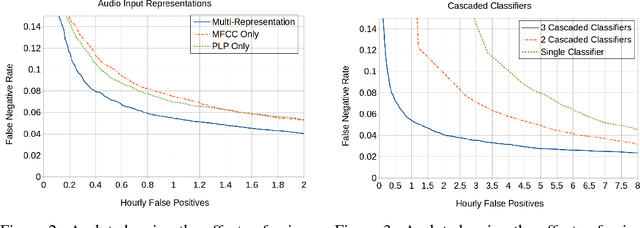
Abstract:We propose using cascaded classifiers for a keyword spotting (KWS) task on narrow-band (NB), 8kHz audio acquired in non-IID environments --- a more challenging task than most state-of-the-art KWS systems face. We present a model that incorporates Deep Neural Networks (DNNs), cascading, multiple-feature representations, and multiple-instance learning. The cascaded classifiers handle the task's class imbalance and reduce power consumption on computationally-constrained devices via early termination. The KWS system achieves a false negative rate of 6% at an hourly false positive rate of 0.75
 Add to Chrome
Add to Chrome Add to Firefox
Add to Firefox Add to Edge
Add to Edge